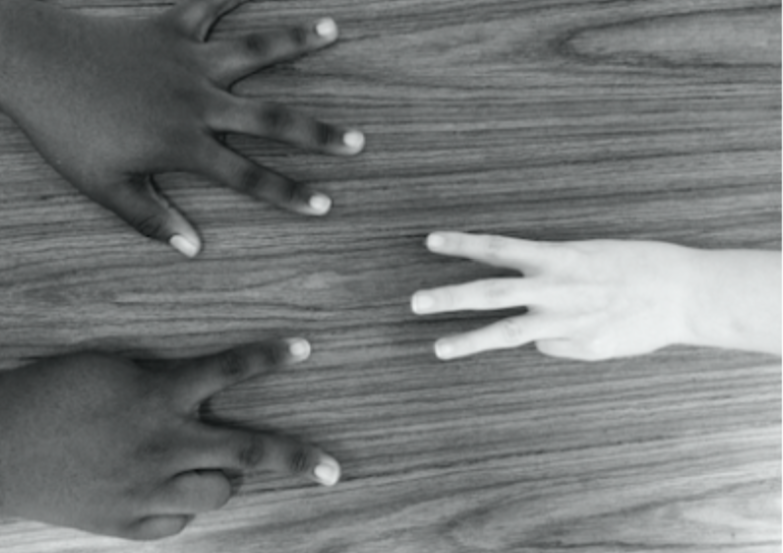In black and white: the 70 percent
In a study done by the ACLU in 2013, it was determined that Iowan African Americans are eight times more likely to be arrested for possession of a small amount of marijuana. It was also discovered that almost ten percent of African American men in the state of Iowa are in prison. The incarceration numbers go public quite frequently, but the root of the problem may be the school disciplinary system.
June 22, 2016
While microaggressive behaviors against students of color may be common, especially those that lead to underestimation of their academic ability, another predicament rises to focus: discipline. At West, 70 percent of suspended students are African-American, compared to 28 percent Caucasian and two percent Hispanic. Eighteen and a half percent of students at West identify as African American.
Assistant Principal Colby Miller upholds that the Iowa City Community School District notices this discrepancy.
“It’s not uncommon knowledge in our district and nationwide that what we’re seeing is a higher percentage of African-American students being suspended from school,” Miller said. “What we’re doing with our staff is figuring out… why [that is] happening, and what interventions can we put in place to prevent this from happening.”
Students have ideas as to why the numbers break down that way.
“A white person is always given the benefit of the doubt,” said Suha Suleman ’16, an African American student. This benefit of the doubt that white people get everywhere in society has been extremely detrimental to people of color, as if being white were the default and being nonwhite makes one strange and untrustworthy.
Behavioral tendencies among students of color seem to form a trend, but the question remains as to who–or what–takes the blame.
Suleman believes that African-Americans are under societal pressure, but feels that the representation of people of color in the media is what is pushing students to act out.
“[Society] keeps telling them that black kids are bad; they get in fights and they’re angry… they’re thinking, ‘This is how they say black kids act, so this is how I have to act,’” Suleman said. “I have family members that think black people are violent and gang members, because that’s what they see on TV. Presentation matters, because it’s basically brainwashing. Black kids feel like… that’s how they have to act, because it’s their place as a black person.”
This societal pressure to get in fights may be having an effect. The main cause for suspension is fighting, with 51 students suspended this past school year.
Regardless of why the disparity exists, everyone wants to solve the problem as quickly as possible.
For the past four years, all members of the staff and administration in the school district have participated in a series of training sessions for identifying racial biases.
“At West High, cultural competence and teaching using culturally competent strategies has been one of three points of emphasis for the teacher professional development this past year,” said Principal Gregg Shoultz.
According to Shoultz, the culturally competent strategies have been a large point of emphasis in training faculty and staff to be more aware and better at what they do.
“There is a common understanding that culturally conscious teaching is also just very good teaching,” Shoultz said.
In the end, the most important thing is to keep students in school.
“The last thing that any of us wants is students removed from class and sent home,” Miller said. “We want them in school getting their education, because that’s going to have the most profound, positive impact on them.”





